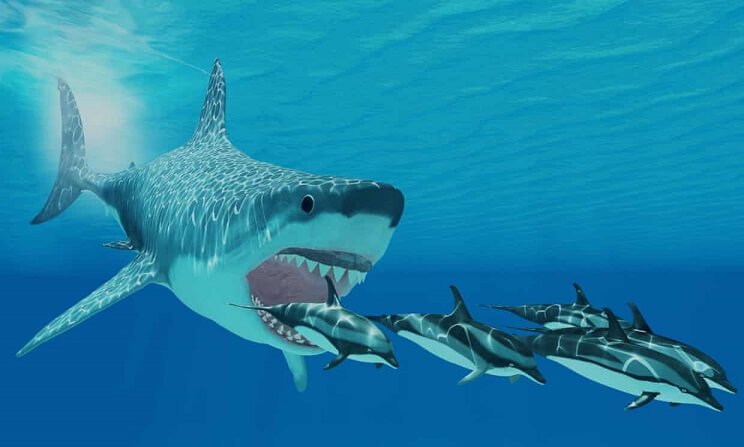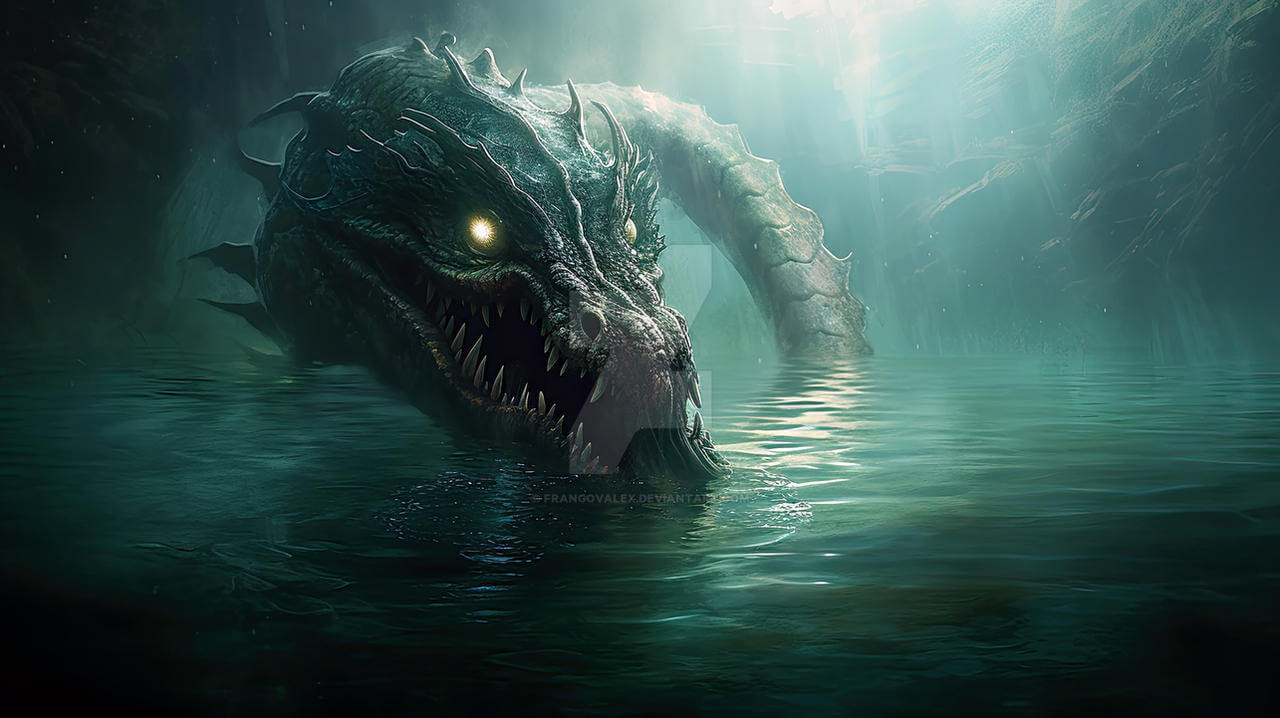
It’s Official: New Study Shows We Have No Idea What Megalodon Really Looked Like
Well, this is awkward.
By: Michelle Starr | Science Alert
Earth’s oceans were once home to an absolutely fearsome predator.
We know it only from teeth and vertebrae in the fossil record, but these tell us that megalodon (Otodus megalodon) was absolutely colossal. Many of those teeth are as big as your hand. Megalodon, we can only conclude, was the largest shark ever to swim the seas, with a maw that could easily swallow a human whole.
But sharks are mostly soft tissue, their bodies supported by cartilage rather than bone. Most of their remains haven’t survived the 3.6 million years since their extinction; this means we’ve had to guess what it looked like based largely on those teeth and vertebrae alone.
Was it a chunky muscle-unit like the great white? Was it more sleek and slender like a blue shark, or pointy like a goblin shark? Did it have two heads? According to the latest study, the best answer we now have is a… giant shrug and the scientific version of a “dunno”.
It appears it might be time to rethink how we reconstruct the ancient beast.
“The reality,” writes a team of researchers led by biologist Phillip Sternes of the University of California Riverside,” is that there are presently no scientific means to support or refute the accuracy of any of the previously published body forms of O. megalodon.” Ouch.
What On Google Earth Is That? Alien Hunters Spot Bus-Sized Spider On Mysterious Remote Island
Based on the fossil evidence, estimates for the size of megalodon vary significantly – from around 11 meters to over 40 meters (36 to 131 feet) in length, but generally settling somewhere around 15 to 18 meters. It’s a fascinating mystery, and while we’ll never know for certain, it’s interesting and edifying to try to narrow it down.
Many models assume that megalodon was a lot like a great white (Carcharodon carcharias), one of the ocean’s most fierce predators, and the largest predatory shark alive today. The great white belongs to the Lamnidae family of sharks, which contains only five extant species.
These sharks are characterized by fast swimming speeds and partial warm-bloodedness, or regional endothermy – their venous blood is heated by their muscles. This keeps their swimming muscles and brains warm, and improves their metabolisms. They can swim faster, endure colder environments, and hunt and digest food more efficiently.
Megalodon did not belong to the Lamnidae family, but scientists believe it was closely related, an offshoot that diverged during the Cretaceous. It’s thought that it, too, was partially warm-blooded, which would have given the ancient monster the same advantages as its modern relatives. This would put megalodon in the order Lamniformes, which includes Lamnidae.
Because of this close relationship, scientists usually turn to lamnid sharks to try to work out what megalodon looked like. They average out the characteristics of a selection of lamnid sharks to derive a morphology that might be roughly what we might have seen swimming the ancient seas (if we had been around).
To see if there’s merit to this approach, Sternes and colleagues examined the shapes of the five lamnid sharks used in a previous study reconstructing megalodon, and compared them to other, cold-blooded sharks in the Lamniformes order, using detailed, two-dimensional field guide drawings.
They compared heads, fins, tails and bodies, and ultimately found no patterns that distinguish lamnid sharks.
“Warm-bloodedness does not make you a differently shaped shark,” Sternes says.
“I encourage others to explore ideas about its body shape, and to search for the ultimate treasure of a preserved megalodon fossil. Meanwhile, this result clears up some confusion about previous findings and opens the door to other ideas once again.”
It’s back to the drawing board for megalodon – quite literally, really. Figuring out the shape of the shadow that bore down on its hapless prey for 20 million years is going to require a new approach. But that opens up exciting new possibilities.
“The study may appear to be a step backward in science, but the continued mystery makes paleontology, the study of prehistoric life, a fascinating and exciting scientific field,” says paleobiologist Kenshu Shimada of DePaul University.
“The fact that we still don’t know exactly how O. megalodon looked keeps our imagination going. This is exactly why the science of paleontology continues to be an exciting academic field. We’ll continue looking for more clues in the fossil record.”
The research has been published in Historical Biology.
* * *
You’ll Love This One …
Animals That Were SCARIER Than Dinosaurs!
When we think of terrifying prehistoric creatures, dinosaurs often come to mind. However, the ancient oceans were home to some of the most formidable and fearsome creatures ever to exist. These marine giants were truly the stuff of nightmares, often overshadowing their terrestrial counterparts in terms of sheer terror.
The Mighty Megalodon
One of the most infamous ancient ocean predators is the Megalodon. This gigantic shark ruled the seas approximately 23 to 3.6 million years ago. Megalodon could reach lengths of up to 60 feet, dwarfing the largest great white sharks of today. With its massive jaws and razor-sharp teeth, it could easily crush the bones of large prey, including whales. The Megalodon’s sheer size and power make it one of the scariest creatures to have ever lived.
The Ferocious Dunkleosteus
Dunkleosteus, a prehistoric fish that lived around 358 to 382 million years ago, was another oceanic terror. This armoured fish could grow up to 33 feet long and had a bite force capable of crushing almost anything in its path. Dunkleosteus was a top predator of its time, with a body covered in thick, bony plates that provided formidable protection against other predators.
* * *
READ MORE: Great White Sharks Are Being Scared From Their Habitat By Just 2 Predators
SAD Reality! Fins From Up To 73 Million Sharks Are Used In Shark Fin Soup Every Year
Telegram: Stay connected and get the latest updates by following us on Telegram!
We’d love to hear from you! If you have a comment about this article or if you have a tip for a future Collective Spark Story please let us know below in the comment section.


What do you imagine Megalodon really looked like, and would you want to see it in the wild if you could?